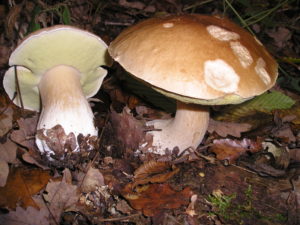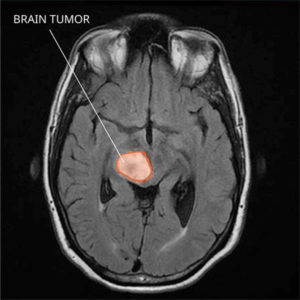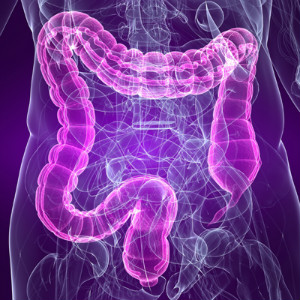
Eating mushrooms has always been considered part of a healthy diet. A group of researchers, after reviewing many studies, concluded that eating mushrooms frequently is associated with a lower risk of cancer, especially breast cancer. Thus consuming mushrooms may be protective against cancer.
The Penn State College of Medicine researchers reviewed 17 studies (from 1966 to Oct 2020), all of them observational, so it doesn't prove that mushrooms are protective, but it looks promising... They think the beneficial effect is from the ergothioneine in mushrooms, an antioxidant and cellular protector, and found in a variety of mushrooms.
In 2020 the same group also published similar/almost the same review of 17 studies from 1966 to 2019. At the time they stated that the mushroom-cancer association was only observed in studies from non-western regions. Perhaps mushrooms were a bigger part of the diet in those cultures? They also said when looking at the dose and response, can see that a "10/gram per day increase in mushroom intake was associated with a 17% lower risk of cancer", especially breast cancer.
From Medical Xpress: Higher mushroom consumption is associated with a lower risk of cancer
Next time you make a salad, you might want to consider adding mushrooms to it. That's because higher mushroom consumption is associated with a lower risk of cancer, according to a new Penn State study, published on March 16 in Advances in Nutrition. ...continue reading "Eating Mushrooms Associated With A Lower Risk of Cancer"

 The possibility of a vaccine for helping the body fight cancer just got one step closer. A vaccine that targets a specific type of usually incurable brain cancer called "diffuse glioma" has had very good results in
The possibility of a vaccine for helping the body fight cancer just got one step closer. A vaccine that targets a specific type of usually incurable brain cancer called "diffuse glioma" has had very good results in 
 Another study has been published finding that higher consumption of fruits and vegetables (5 servings a day) is associated with a longer life.
Another study has been published finding that higher consumption of fruits and vegetables (5 servings a day) is associated with a longer life. While filling out a sample
While filling out a sample  Many people don't realize that the plastic toys our children play with may contain harmful chemicals. Children get exposed to these chemicals by touching the toy (absorption through the skin), or ingesting chemicals (e.g. when a baby mouths the toy, or child ingests dust from the toy), but also from breathing in chemicals leaching out of all the plastic toys in the room into the air. This has been known a long time, yet here we are...
Many people don't realize that the plastic toys our children play with may contain harmful chemicals. Children get exposed to these chemicals by touching the toy (absorption through the skin), or ingesting chemicals (e.g. when a baby mouths the toy, or child ingests dust from the toy), but also from breathing in chemicals leaching out of all the plastic toys in the room into the air. This has been known a long time, yet here we are... In the future, giving specific microbes or entire microbial communities may be part of some cancer treatments! This is because the composition of a person's gut microbiome (the community of bacteria, fungi, and viruses) influences whether a person responds to immunotherapy drugs. This means that the mixture and variety of microbial species living in your intestines may determine whether you respond to cancer immunotherapy drugs. Wow!
In the future, giving specific microbes or entire microbial communities may be part of some cancer treatments! This is because the composition of a person's gut microbiome (the community of bacteria, fungi, and viruses) influences whether a person responds to immunotherapy drugs. This means that the mixture and variety of microbial species living in your intestines may determine whether you respond to cancer immunotherapy drugs. Wow! Thankfully this rarely occurs, but so horrifying that it does. A study found that occasionally babies can contract cancer from their mothers during childbirth.
Thankfully this rarely occurs, but so horrifying that it does. A study found that occasionally babies can contract cancer from their mothers during childbirth. Great news for men who eat a Mediterranean style diet!
Great news for men who eat a Mediterranean style diet!  Achieve dramatically lower pesticide levels in your body in a few days! No need for "colonics" or "detox regimens". All one has to do is eat organic food to lower pesticide levels! And the more organic food in the diet, the better.
Achieve dramatically lower pesticide levels in your body in a few days! No need for "colonics" or "detox regimens". All one has to do is eat organic food to lower pesticide levels! And the more organic food in the diet, the better. Are human papilloma viruses (HPV) causing some prostate cancers? And could getting the HPV vaccine help in preventing some cases of prostate cancer? Sure sounds like it according to a recent
Are human papilloma viruses (HPV) causing some prostate cancers? And could getting the HPV vaccine help in preventing some cases of prostate cancer? Sure sounds like it according to a recent  Evidence is accumulating that engaging in exercise may not only prevent cancer, but that in those who already have cancer - it may prevent progression of the cancer. Fantastic!
Evidence is accumulating that engaging in exercise may not only prevent cancer, but that in those who already have cancer - it may prevent progression of the cancer. Fantastic!